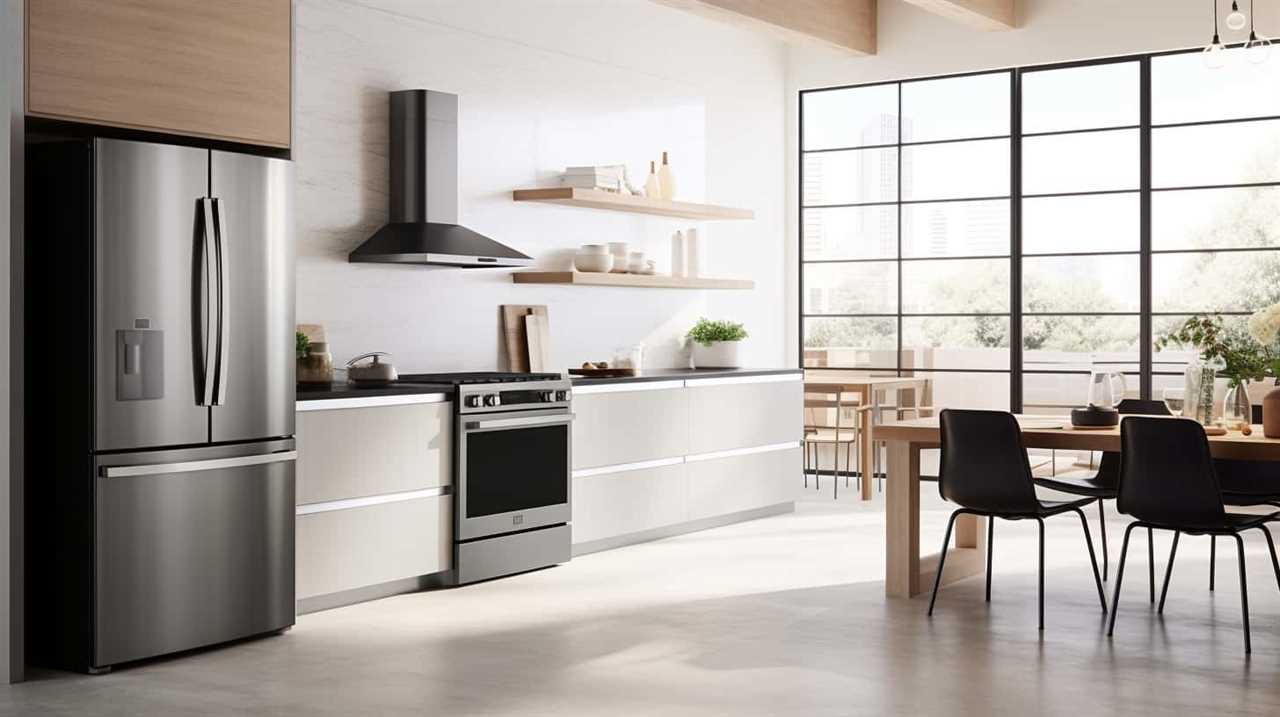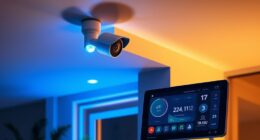In today’s interconnected world, many people wonder if their European appliances will function properly in the United States. Although the idea of adapting these appliances may appear challenging, it is crucial to tackle this issue with a clear grasp of the technical aspects involved.
This comprehensive guide aims to provide clarity and insight for those seeking mastery in the realm of European appliances in the USA. Exploring the nuances of voltage and frequency differences, European appliance standards, plug types, and adapting to the US electrical system, this guide delves into the intricacies of making European appliances compatible with the American infrastructure.
Additionally, alternative options and practical tips for traveling with European appliances will be discussed, ultimately assisting readers in making informed decisions regarding their appliances’ compatibility in the USA.
Key Takeaways
- European appliances operate at a higher voltage and frequency than the USA, so voltage conversion is necessary for them to work properly in the USA.
- Not all European appliances are compatible with the US electrical system, even with voltage conversion, so it’s important to check the appliance’s specifications and consult with a professional.
- Plug compatibility is a concern when using European appliances in the USA, as European appliances use different plug types. Adapters or plug converters may be required to match the plug types.
- When purchasing European appliances in the USA, consider warranty coverage, voltage compatibility, and customer reviews. Research authorized service centers for repairs and maintenance.
Voltage and Frequency Differences
There are significant voltage and frequency differences between European appliances and those in the USA. Understanding these variations is crucial when considering the compatibility of European appliances with the American electrical system.
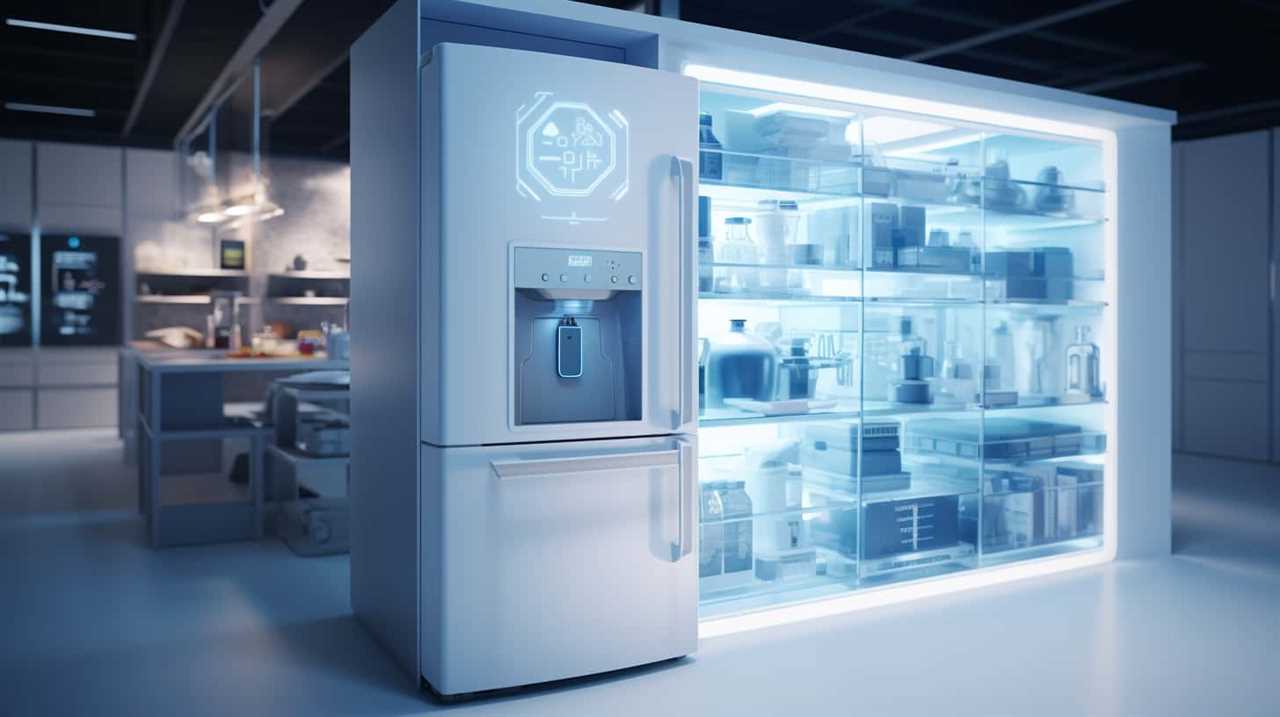
In Europe, the standard voltage is 230 volts, whereas in the USA, it is 120 volts. This difference in voltage can lead to malfunction or damage if European appliances are connected directly to the American electrical supply.
Additionally, the frequency of the electrical current also differs, with Europe using a frequency of 50 Hz and the USA utilizing 60 Hz. This variation in frequency can affect the performance of certain appliances, particularly those that rely on precise timing or rely on the frequency for their operation.
To address these discrepancies, it is essential to choose the right adapter or transformer to ensure the safe and efficient operation of European appliances in the USA.
Understanding European Appliance Standards
To delve into the topic of ‘Understanding European Appliance Standards’, it is imperative to delve further into the voltage and frequency differences discussed earlier. European appliances are designed to operate on a voltage of 220-240 volts and a frequency of 50 Hz, whereas the United States uses a voltage of 110-120 volts and a frequency of 60 Hz. This difference in electrical systems can pose a challenge when trying to use European appliances in the US. In order to make European appliances work in the US, voltage conversion is necessary. This can be achieved by using a voltage converter or transformer, which will convert the voltage from 110-120 volts to 220-240 volts. However, it is important to note that not all European appliances are compatible with the US electrical system, even with voltage conversion. It is crucial to check the appliance’s specifications and consult with a professional before attempting to use it in a different country.

| European Appliance Standards |
|---|
| Voltage: 220-240 volts |
| Frequency: 50 Hz |
| Compatibility: May require voltage conversion |
The Importance of Plug Types
When considering the compatibility of European appliances in the USA, one of the key factors to take into account is the difference in plug types. European appliances typically use different plug designs than those found in the USA, which can create compatibility concerns.
Additionally, it is important to consider the differences in voltage and wattage between the two regions, as European appliances may not be designed to work with the higher voltage used in the USA.
Therefore, understanding plug types and their compatibility with the American electrical system is crucial for ensuring the successful use of European appliances in the USA.
Plug Compatibility Concerns
Plug compatibility is of utmost importance when considering the use of European appliances in the USA. Understanding electrical requirements and compatibility with power outlets is essential to ensure that the appliances can be safely and effectively used.

Here are some key points to consider regarding plug compatibility:
- Plug Types: European appliances typically use different plug types than those found in the USA. The most common plug types in Europe are the Type C (Europlug) and Type F (Schuko). These plugs have different shapes and pin configurations compared to the US plugs.
- Voltage and Frequency: European appliances are designed to operate on a different voltage (typically 220-240V) and frequency (50Hz) than the US standard of 120V and 60Hz. This difference in electrical specifications can affect the performance and safety of the appliances.
- Adapters and Converters: To use European appliances in the USA, you may need to use plug adapters or voltage converters. Plug adapters allow you to physically connect the European plug to the US power outlet, while voltage converters adjust the voltage to match the appliance’s requirements.
- Safety Considerations: It is crucial to ensure that the adapter or converter you use is properly rated for the appliance’s power consumption. Using an adapter or converter that is not suitable can lead to overheating, electrical shock, or damage to the appliance.
Voltage and Wattage Differences
European appliances require careful consideration of voltage and wattage differences, highlighting the importance of understanding plug types. When using European appliances in the USA, one of the primary concerns is the difference in voltage. In Europe, the standard voltage is 220-240 volts, while in the USA, it is 110-120 volts. This means that European appliances designed for higher voltage may not function properly or may even get damaged when plugged into American outlets. To address this issue, voltage converters can be used to step down the voltage to match the appliance’s requirements. Additionally, it is crucial to consider wattage differences, as European appliances may have higher power consumption. By understanding these differences and using the right converters, European appliances can be safely and efficiently used in the USA.
| Voltage (Europe) | Voltage (USA) |
|---|---|
| 220-240 volts | 110-120 volts |
Table: Voltage Differences between Europe and the USA.
Adapting to US Electrical System
To adapt European appliances to the US electrical system, a step-by-step process must be followed. Here is a comprehensive guide to help you navigate the conversion:

- Understand power consumption: European appliances typically operate at a voltage of 220-240 volts, while the US uses 110-120 volts. This means that appliances may not function properly without a voltage converter.
- Check compatibility with surge protectors: Surge protectors are essential to safeguard your appliances from power surges and fluctuations. Ensure that the surge protector you choose is compatible with the European appliance’s voltage and wattage requirements.
- Use a voltage converter: To adapt the European appliance to the US electrical system, a voltage converter is needed. This device converts the voltage from 110-120 volts to the required 220-240 volts.
- Consider wattage requirements: European appliances may have different wattage requirements compared to US appliances. Make sure the voltage converter can handle the wattage of the appliance you are using.
Adapting European appliances to the US electrical system requires careful consideration of power consumption, surge protectors, and the use of voltage converters. Following these steps will ensure a seamless transition and proper functioning of your appliances.
Using Transformers for Voltage Conversion
Transformers are commonly used for voltage conversion when adapting European appliances to the US electrical system. When selecting a voltage converter, it is crucial to understand the difference between step up and step down transformers.
A step up transformer increases the voltage, while a step down transformer decreases it. European appliances typically operate at 220-240 volts, whereas the US electrical system provides 110-120 volts. Therefore, a step down transformer is required to lower the voltage for European appliances to function properly in the US.
On the other hand, if you want to use US appliances in Europe, a step up transformer is necessary to increase the voltage. It is important to choose a transformer that matches the wattage and voltage requirements of your appliances to ensure safe and efficient operation.

Potential Power Compatibility Issues
When using European appliances in the USA, there are potential power compatibility issues that need to be addressed.
One major difference is the voltage, as European appliances typically operate on 220-240 volts, while the standard voltage in the USA is 120 volts.
Additionally, there is a difference in frequency, with European appliances typically designed for 50 Hz and the USA using 60 Hz.
To ensure proper functionality, it is necessary to use an adapter or transformer to adjust the voltage and frequency accordingly.

Voltage and Frequency Differences
European appliances may encounter voltage and frequency differences when used in the USA. This is because Europe and the USA have different electrical systems. European countries typically use 220-240 volts at a frequency of 50 Hz, while the USA uses 110-120 volts at a frequency of 60 Hz. This difference in voltage and frequency can pose a challenge when using European appliances in the USA.
To address this issue, there are several voltage conversion methods available:
- Voltage Transformers: These devices convert the voltage from 110-120 volts to 220-240 volts, allowing European appliances to be used in the USA.
- Frequency Converters: These devices convert the frequency from 60 Hz to 50 Hz, ensuring compatibility with European appliances.
- Dual Voltage Appliances: Some European appliances are designed to work with both 110-120 volts and 220-240 volts, eliminating the need for voltage conversion.
- Adapters: Adapters can be used to physically adapt the plugs of European appliances to fit into American outlets.
Adapter or Transformer Needed
To ensure power compatibility, a suitable adapter or transformer is required when using European appliances in the USA. While the voltage and frequency differences between European and American electrical systems pose challenges, the right adapter or transformer can help overcome these issues.
An adapter is a simple device that allows a European plug to fit into a US outlet, while a transformer converts the voltage from European standards (typically 220-240V) to the American standard of 110-120V.

Here is a table summarizing the key differences between adapters and transformers:
| Adapters | Transformers |
|---|---|
| Changes plug shape | Converts voltage |
| Does not change voltage | Changes voltage |
| Easy to use and compact | Bulkier and heavier |
Using an adapter alone may not be sufficient for all appliances, especially those that require a specific voltage to function properly. Therefore, it is important to consider the electrical system compatibility of the appliance and use the appropriate adapter or transformer accordingly.
With power compatibility addressed, the next section will delve into the safety considerations for European appliances when used in the USA.
Safety Considerations for European Appliances
Safety is a paramount concern when considering the compatibility of European appliances in the USA. Understanding safety regulations and potential hazards is essential to ensure the proper functioning and safe operation of these appliances. Here are four key safety considerations to keep in mind:

- Voltage and Frequency: European appliances typically operate on a different voltage and frequency than in the USA. This discrepancy can lead to electrical malfunctions and pose a safety risk if not addressed properly.
- Plug and Outlet Compatibility: European appliances have different plug types and shapes, which may not be compatible with the American electrical outlets. Using adapters or converters can help ensure a secure electrical connection and prevent potential hazards.
- Safety Certifications: European appliances are required to meet specific safety standards in their home countries. Before using them in the USA, it’s crucial to verify if they comply with American safety certifications, such as UL (Underwriters Laboratories), to ensure their reliability and safety.
- Instruction Manuals: European appliances may come with instruction manuals written in different languages. It is crucial to obtain an English manual to fully understand the appliance’s operation, safety precautions, and maintenance requirements.
Converting European Appliances to US Standards
When considering converting European appliances to US standards, there are two main points to address: voltage compatibility issues and plug and socket differences.
European appliances typically operate on a higher voltage than what is standard in the US, so a voltage converter or transformer may be necessary to ensure proper functioning.
Additionally, European appliances often have different plug and socket designs, requiring the use of adapters to fit into US electrical outlets.
These points must be carefully considered and addressed to successfully convert European appliances to US standards.

Voltage Compatibility Issues
Voltage compatibility is a significant concern when converting European appliances to US standards. European countries typically operate on 220-240 volts, while the US operates on 110-120 volts. This difference in voltage can cause issues when trying to use European appliances in the US.
Here are four important factors to consider when dealing with voltage compatibility:
- Voltage regulation: European appliances may not be designed to handle the lower voltage in the US. Using a voltage converter or transformer can help regulate the voltage and prevent damage to the appliance.
- Power consumption: European appliances may have different power consumption requirements compared to US appliances. It is important to ensure that the US electrical system can supply enough power to the appliance without causing overload or damage.
- Plug compatibility: European appliances typically use different plug types than those used in the US. Adapters or new plugs may be needed to ensure proper connection to the US electrical outlets.
- Safety standards: European appliances may not meet the safety standards required in the US. It is crucial to ensure that the appliance has appropriate certifications and meets US safety regulations before use.
Plug and Socket Differences
One crucial aspect to consider when converting European appliances to US standards is the disparity in plug and socket types.
In Europe, the most common type of plug is the Europlug, which has two round pins. On the other hand, the United States uses the NEMA 1-15 and NEMA 5-15 plug types, which have two flat pins and a grounding pin, respectively. This difference in plug types means that European appliances cannot be directly plugged into US outlets.
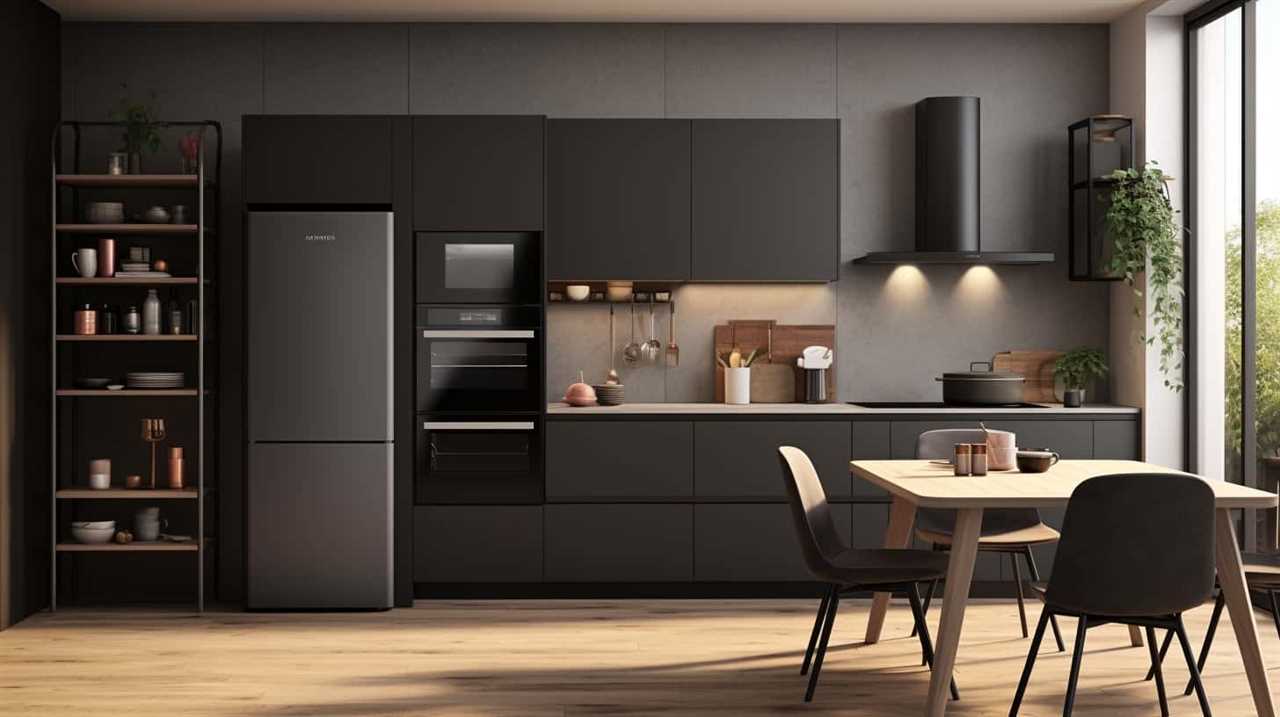
To overcome this, adapters or plug converters can be used to match the plug types. However, it is important to note that understanding plug compatibility is not the only consideration.
Potential power issues may arise due to the difference in voltage and frequency between Europe and the US, requiring the use of voltage converters or transformers to ensure proper functioning of European appliances in the US.
Purchasing European Appliances in the USA
To purchase European appliances in the USA, consumers can explore specialty retailers or online platforms that offer international appliance options. These purchasing options provide a convenient way for individuals to access a wide range of European appliances that may not be readily available in local stores. When considering purchasing European appliances in the USA, it is important to consider warranty coverage. Here are four key points to keep in mind:
- Check the warranty: Ensure that the appliance comes with a warranty that is valid in the USA. Some European manufacturers may offer international warranties, while others may require purchasing a separate warranty for coverage in the USA.
- Research service centers: Find out if there are authorized service centers in the USA that can provide repairs and maintenance for the European appliance. This will help ensure that you can easily access support if needed.
- Consider voltage compatibility: European appliances often operate on a different voltage than what is standard in the USA. Verify if the appliance is compatible with the voltage in your location, and if not, consider purchasing a voltage converter.
- Read customer reviews: Before making a purchase, read reviews from other customers who have purchased European appliances in the USA. This can provide valuable insights into the product’s performance, durability, and overall satisfaction.
Alternatives to Using European Appliances in the USA
There are viable options available for individuals who opt not to utilize European appliances in the USA.
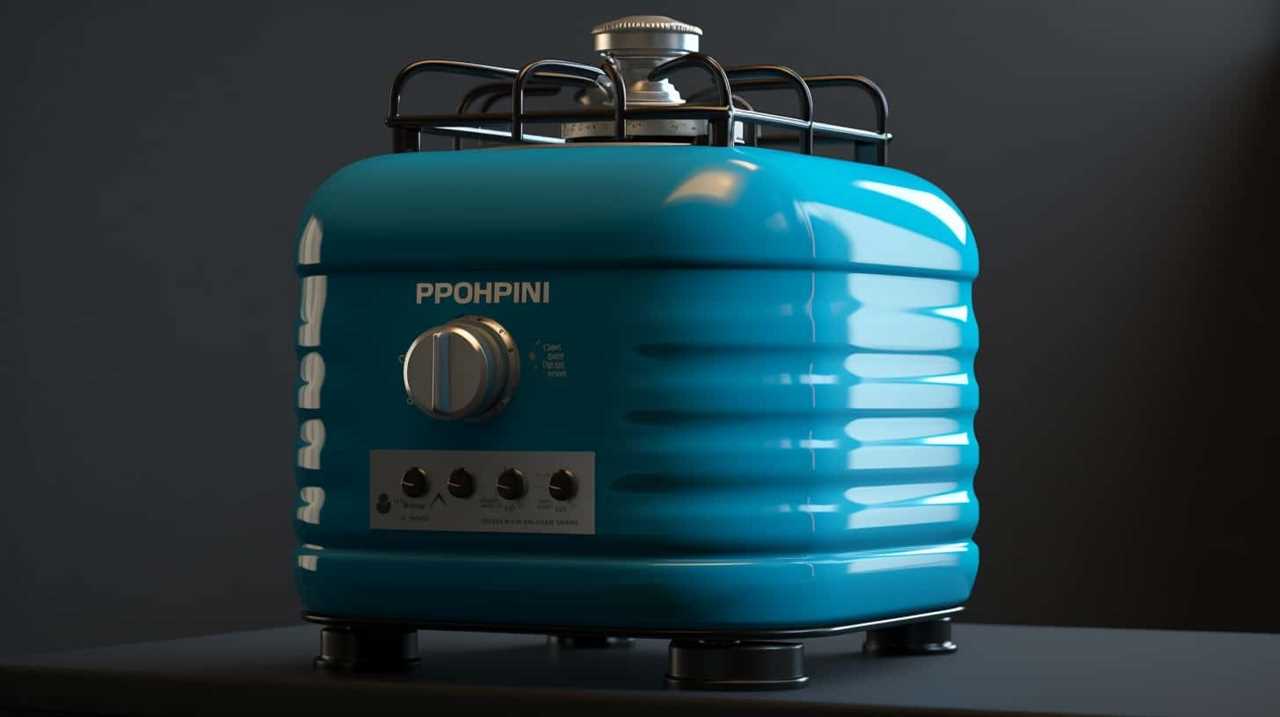
One alternative to buying new appliances is to use voltage converters. European appliances typically operate on 220-240 volts, while the standard voltage in the USA is 110-120 volts. Voltage converters can be used to convert the voltage from the standard American voltage to the required European voltage. These converters come in a range of sizes and capacities, allowing users to power their European appliances without the need for purchasing new ones.
However, it is important to note that while voltage converters can enable the use of European appliances in the USA, they may not provide the same level of performance or efficiency as appliances specifically designed for the American market. Additionally, it is necessary to ensure the compatibility of the appliance with the converter to avoid any damage or safety hazards.
Tips for Traveling With European Appliances
When traveling with European appliances in the USA, it is essential to carefully plan and prepare to ensure a smooth and efficient experience. Here are some tips to keep in mind:
- Research voltage requirements: The United States operates on a 120-volt electrical system, while most European countries use a 220-240-volt system. Make sure to check the voltage compatibility of your appliances before traveling.
- Use voltage converters or transformers: To use your European appliances in the USA, you will need voltage converters or transformers to adjust the voltage to the appropriate level. These devices can be purchased before your trip or rented from travel equipment providers.
- Check plug types: European plugs are different from American plugs, so you may need plug adapters to fit your appliances into US outlets. Ensure you have the correct adapter for your specific European plug type.
- Be mindful of power ratings: European appliances may have different power ratings than American ones. Make sure your appliances are compatible with the US electrical system to avoid any damage or malfunctions.
By following these traveling tips and taking the necessary steps for voltage conversion, you can ensure that your European appliances work seamlessly in the USA.
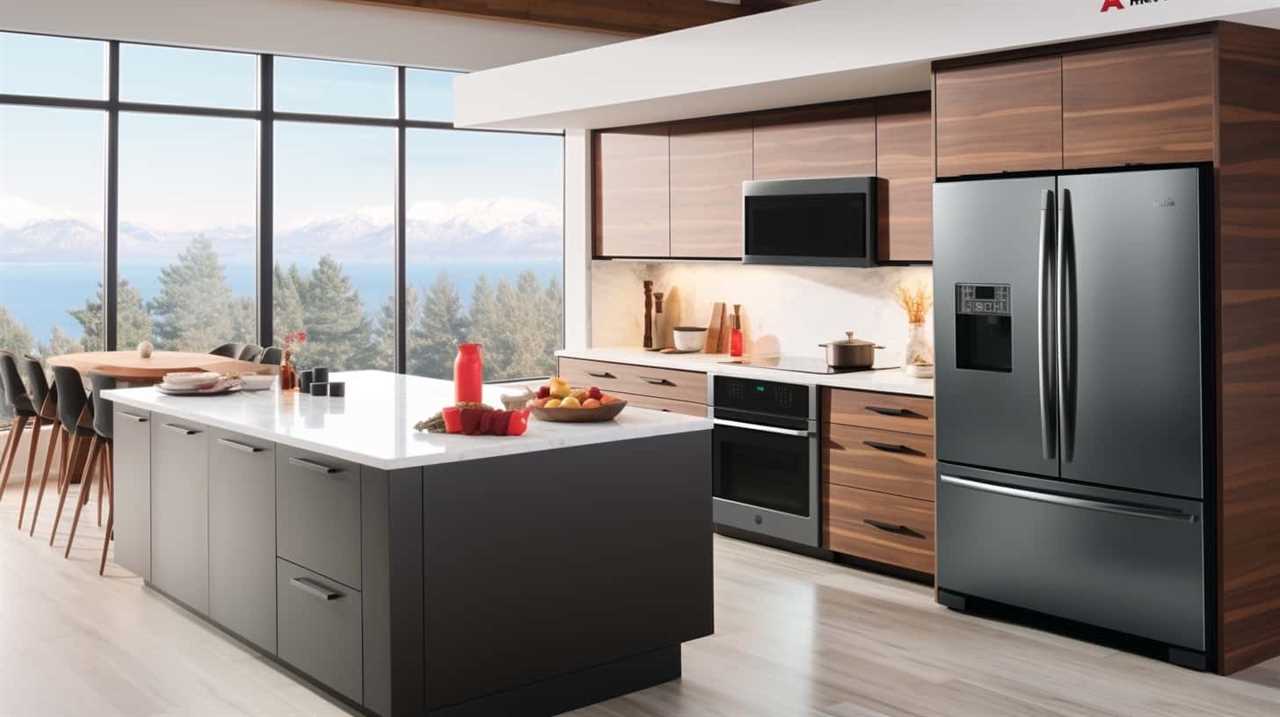
Now, let’s move on to addressing the common misconceptions about European appliances in the USA.
Common Misconceptions About European Appliances in the USA
Many people hold misconceptions about the compatibility of European appliances in the USA. While it is true that there can be challenges when using European appliances in the USA, it is important to separate fact from fiction.
One common misconception is that European appliances cannot be used in the USA because of the voltage difference. However, this is not entirely accurate. While it is true that European appliances typically operate on a higher voltage, many modern appliances are designed to be compatible with both European and American electrical systems.
Another misconception is that European appliances will not fit in American kitchens. While it is true that European appliances may have different dimensions, there are many options available that can be easily integrated into American kitchens.

It is important for consumers to do their research and consult with experts to ensure the compatibility of European appliances in the USA.
Conclusion: Making the Right Decision for Your Appliances
To make an informed decision about whether European appliances will work in the USA, it is crucial to consider various factors such as voltage compatibility, kitchen integration options, and seeking expert advice.
Adapting to voltage differences is one of the key considerations when using European appliances in the USA. European appliances typically operate on 220-240 volts, while the USA operates on 110-120 volts. This voltage disparity can lead to potential power issues if not properly addressed.
Additionally, it is important to assess the kitchen integration options for European appliances in the USA. This includes evaluating the size, dimensions, and compatibility of the appliances with existing kitchen infrastructure.

Lastly, seeking expert advice from professionals familiar with European appliances and their compatibility with the USA market can provide valuable insights for making the right decision.
Frequently Asked Questions
Can I Use a European Appliance in the USA Without Any Modifications?
Voltage compatibility and plug adapter compatibility are crucial factors in determining whether a European appliance can be used in the USA without modifications. It is recommended to consult the appliance’s specifications and consider using a voltage converter or transformer if necessary.
Are There Any Safety Concerns When Using European Appliances in the Usa?
When using European appliances in the USA, it is important to consider electrical compatibility and voltage converters. Failure to do so may result in safety concerns. It is crucial to thoroughly understand and address these issues to ensure proper usage.
Can I Convert a European Appliance to Meet US Electrical Standards?
Converting European appliances to meet US electrical standards is possible, but it requires careful consideration of voltage, frequency, and plug type compatibility. Seeking professional assistance is recommended to ensure proper conversion and safe operation.

Is It Possible to Purchase European Appliances in the Usa?
When considering purchasing European appliances online in the USA, it is important to understand the key differences between European and American appliances, such as voltage and plug types, to ensure compatibility and proper functioning.
What Are the Alternatives to Using European Appliances in the Usa?
When considering alternatives to European appliances in the US, there are affordable options such as purchasing American-made appliances, which are compatible with US electrical systems. Additionally, rental options provide a temporary solution without the need for long-term commitments or investments.
Conclusion
In conclusion, understanding the differences between European and US electrical systems is crucial when considering using European appliances in the USA.
While voltage and frequency differences can be overcome with the use of transformers, the varying plug types pose a challenge.

It is important to carefully evaluate the compatibility of your European appliances before attempting to use them in the USA.
It is worth noting that according to a study conducted by the International Electrotechnical Commission, approximately 75% of European appliances are not compatible with the US electrical system.





